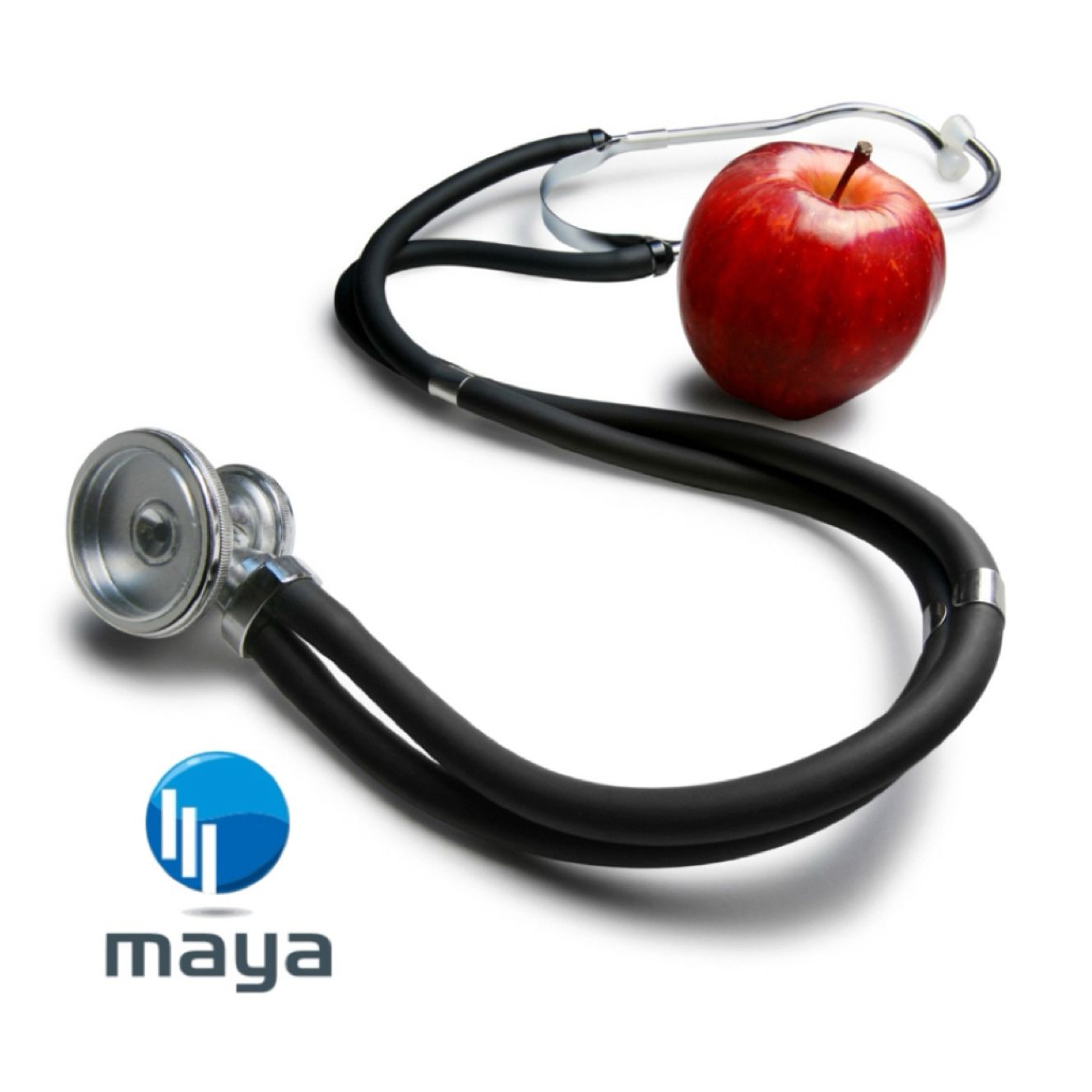Research and Healthcare Innovations to Combat Antimicrobial Resistance (AMR)With the rising threat of antimicrobial resistance, researchers and healthcare innovators are pursuing alternatives and treatments to address resistant infections. Below is a detailed list of these innovations, their pros and cons, and an estimation of the time required to bring them into widespread use.
1. Phage Therapy (Bacteriophages)
What It Is: Use of viruses (bacteriophages) that infect and kill bacteria.
- Pros:
- Targets specific bacteria, reducing harm to beneficial microbes.
- Can adapt and evolve alongside bacterial mutations, unlike static antibiotics.
- Effective against multidrug-resistant bacteria.
- Cons:
- Limited effectiveness for infections caused by fungi or viruses.
- Potential for bacterial resistance to phages.
- Regulatory and standardization challenges.
- Time to Widespread Use: 5-10 years, with ongoing clinical trials and development.
2. Antimicrobial Peptides (AMPs)
What It Is: Small proteins that destroy microbial cell membranes, often derived from natural sources.
- Pros:
- Broad-spectrum activity against bacteria, fungi, and viruses.
- Reduced likelihood of resistance due to unique mechanisms.
- Cons:
- Potential toxicity to human cells.
- High production costs compared to traditional antibiotics.
- Time to Widespread Use: 8-12 years, pending cost-effective production methods.
3. CRISPR-Based Antimicrobials
What It Is: Gene-editing technology targeting specific bacterial DNA to kill or disable pathogens.
- Pros:
- Highly precise, reducing collateral damage to the microbiome.
- Customizable to target specific resistant strains.
- Cons:
- Expensive and technologically complex.
- Potential for unintended genetic consequences.
- Time to Widespread Use: 10-15 years, as ethical and safety concerns must be addressed.
4. Vaccines
What It Is: Development of vaccines to prevent bacterial and fungal infections before they occur.
- Pros:
- Reduces infection rates, lowering antibiotic use and resistance development.
- Long-term immunity for individuals and communities.
- Cons:
- Limited efficacy for some pathogens.
- Requires ongoing updates for emerging resistant strains.
- Time to Widespread Use: 3-10 years for specific pathogens, with faster development for high-priority targets.
5. Probiotics and Microbiome Engineering
What It Is: Use of beneficial bacteria to outcompete or neutralize harmful, resistant pathogens.
- Pros:
- Restores natural microbial balance without antibiotics.
- Potential for long-term protection against certain infections.
- Cons:
- Limited efficacy for acute infections.
- Complex interactions within the microbiome make standardization difficult.
- Time to Widespread Use: 5-8 years, depending on regulatory approval and scalability.
6. Artificial Intelligence (AI) for Drug Discovery
What It Is: AI algorithms identifying new antibiotics or repurposing existing drugs.
- Pros:
- Rapid screening of millions of chemical compounds.
- Identifies novel drug candidates missed by traditional methods.
- Cons:
- High initial costs for technology and infrastructure.
- Requires validation in clinical trials.
- Time to Widespread Use: 5-10 years for new candidates to progress through trials.
7. Nanotechnology-Based Therapies
What It Is: Use of nanoparticles to deliver targeted antimicrobials or disrupt bacterial biofilms.
- Pros:
- Enhances drug delivery to infection sites.
- Effective against biofilm-associated infections resistant to traditional antibiotics.
- Cons:
- Uncertain long-term safety.
- High production and deployment costs.
- Time to Widespread Use: 10-15 years, pending safety validation and scalability.
8. Antibiotic Potentiators
What It Is: Compounds that enhance the efficacy of existing antibiotics by blocking resistance mechanisms.
- Pros:
- Extends the useful life of current antibiotics.
- Relatively low development cost compared to new drugs.
- Cons:
- Limited effectiveness for infections caused by multi-resistance mechanisms.
- Temporary solution, not a replacement for new antibiotics.
- Time to Widespread Use: 3-5 years, with some already in clinical trials.
9. Herbal and Plant-Based Medicines
What It Is: Extracts from plants with natural antimicrobial properties.
- Pros:
- Abundant natural sources and minimal environmental impact.
- Potential for multi-target activity, reducing resistance risk.
- Cons:
- Inconsistent efficacy due to variability in plant compounds.
- Requires rigorous scientific validation.
- Time to Widespread Use: 5-8 years, depending on standardization and clinical evidence.
10. Rapid Diagnostic Tools
What It Is: Devices and technologies for quick identification of resistant pathogens.
- Pros:
- Enables targeted treatment, reducing inappropriate antibiotic use.
- Shortens time to appropriate therapy, improving outcomes.
- Cons:
- High initial cost for development and deployment.
- Limited availability in low-resource settings.
- Time to Widespread Use: 2-5 years for widespread adoption in high-income countries, longer for global reach.
Conclusion:
A Multi-Pronged Approach Is Essential, because no single innovation will solve the AMR crisis. The most effective strategy will combine prevention (vaccines, probiotics), targeted treatments (phage therapy, CRISPR, peptides), and technology (AI, rapid diagnostics). While some solutions are closer to widespread use, others will require significant time and investment to mature.
Governments, healthcare systems, and private sectors must collaborate to accelerate the development and implementation of these innovations. This multi-pronged approach can provide sustainable solutions to manage antimicrobial resistance and protect global health for generations to come.

